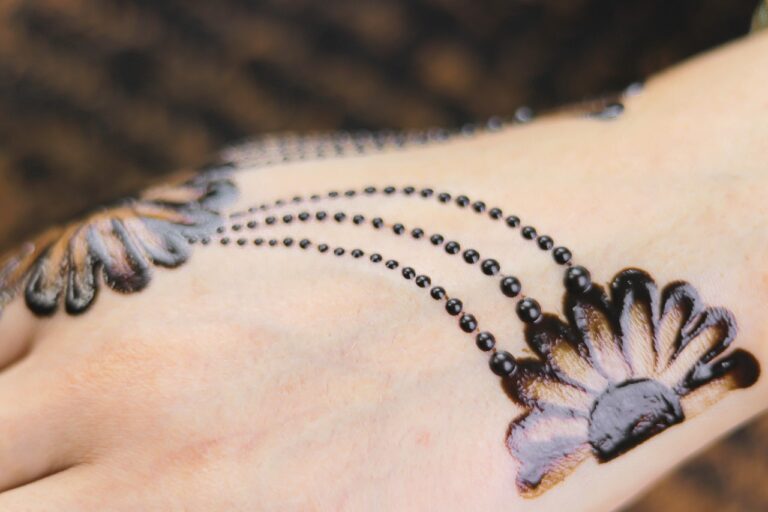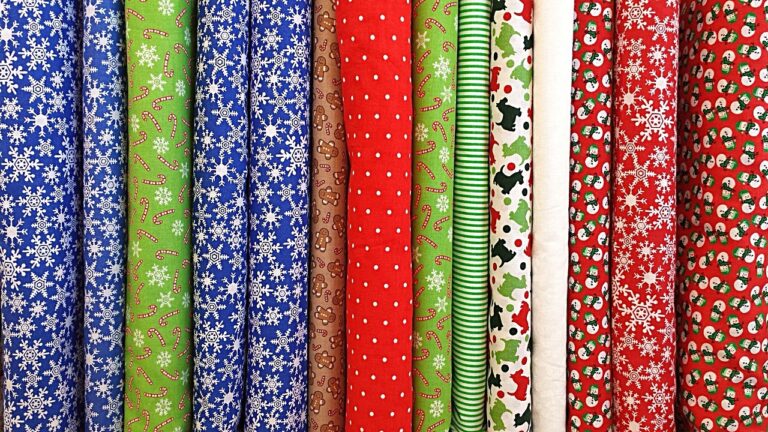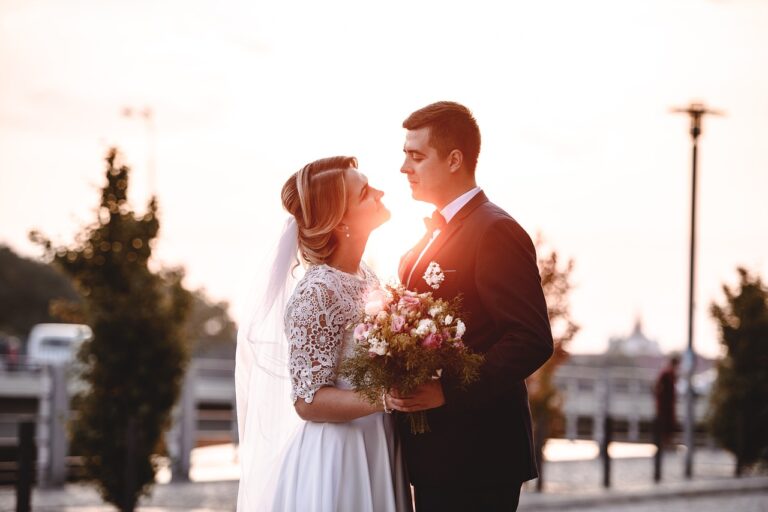Fashion Design Archives: Preserving and Reviving Vintage Styles and Techniques
Many may view vintage fashion as a mere reflection of bygone eras, but in reality, it holds a significant place in the fashion industry. The importance of preserving vintage styles lies not only in their aesthetic appeal but also in their historical value. Through vintage fashion, we can trace the evolution of design trends, understand societal influences, and appreciate the craftsmanship of earlier generations.
By safeguarding vintage styles in fashion design archives, we ensure that the creativity and innovation of past designers are not lost to time. These archives serve as a treasure trove of inspiration for contemporary designers, offering a glimpse into the rich tapestry of fashion history. Preserving vintage styles allows us to learn from the past, celebrate timeless elegance, and continue to push the boundaries of creativity in the ever-evolving world of fashion design.
Preservation Techniques for Vintage Fashion Design
When it comes to preserving vintage fashion designs, proper storage practices are essential. Avoid storing garments in direct sunlight or near sources of heat or moisture, as these elements can cause fabrics to fade, warp, or deteriorate over time. Opt for acid-free tissue paper or garment bags to protect delicate fabrics such as silk or lace from yellowing or becoming discolored.
Another key technique for preserving vintage fashion is to handle garments with care. Avoid excessive handling or pulling on delicate fabrics, as this can lead to tears or stretching. When storing garments, gently fold instead of hanging to prevent unnecessary stress on seams or shoulders. By taking these precautions, you can ensure that your vintage fashion pieces remain in pristine condition for years to come.
Exploring the History of Vintage Fashion
Vintage fashion holds a unique charm that transcends time. Each piece tells a story of its own era, reflecting the cultural values and trends of the past. The history of vintage fashion is a tapestry woven with threads of creativity, innovation, and nostalgia.
From the luxurious flapper dresses of the 1920s to the vibrant psychedelic patterns of the 1960s, every decade has left its mark on the world of fashion. Studying the evolution of vintage styles not only provides insight into the changing tastes of society but also serves as a source of inspiration for contemporary designers.
• The 1920s: Known for its iconic flapper dresses, cloche hats, and art deco influences
• The 1950s: Characterized by full skirts, cinched waists, and feminine silhouettes
• The 1970s: Embraced bold prints, bell-bottom pants, and disco-inspired looks
• The 1990s: Saw a revival of minimalist fashion with slip dresses and grunge influences
Exploring the history of vintage fashion allows us to appreciate the craftsmanship and attention to detail that went into creating these timeless pieces. Each garment carries a sense of nostalgia while also showcasing the innovative techniques used by designers of the past. Vintage fashion is not just about clothing; it is a reflection of our cultural heritage and artistic expression.
Vintage fashion has also played a significant role in sustainability efforts within the fashion industry. By embracing second-hand clothing and upcycling vintage pieces, we can reduce waste and lessen our environmental impact. Additionally, wearing vintage styles allows individuals to express their unique sense of style while supporting small businesses and local artisans who specialize in restoring classic garments.
As we continue to celebrate the history of vintage fashion, let us remember that each piece holds a story waiting to be told. Whether you are drawn to the glamour of old Hollywood or the bohemian vibes of the ’70s, there is something special about incorporating vintage elements into your wardrobe. Let’s embrace the beauty of bygone eras while looking towards a more sustainable future in fashion.
Why is it important to preserve vintage fashion styles?
Preserving vintage fashion styles is important as it allows us to understand the evolution of fashion over time and appreciate the craftsmanship and creativity of past designers.
What are some common preservation techniques for vintage fashion design?
Common preservation techniques for vintage fashion design include proper storage in acid-free tissue paper, avoiding exposure to sunlight and moisture, and refraining from frequent washing or dry cleaning.
How can fashion design archives help in exploring the history of vintage fashion?
Fashion design archives contain valuable information about past fashion trends, designers, and techniques, which can provide insights into the cultural and societal influences of different eras in fashion history.







